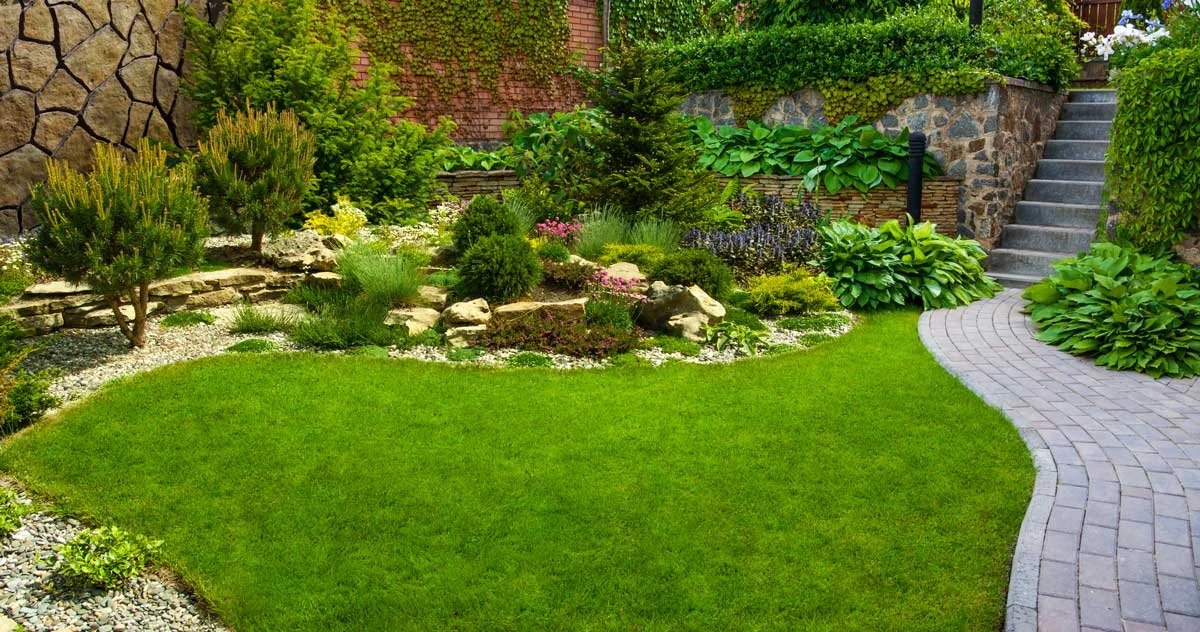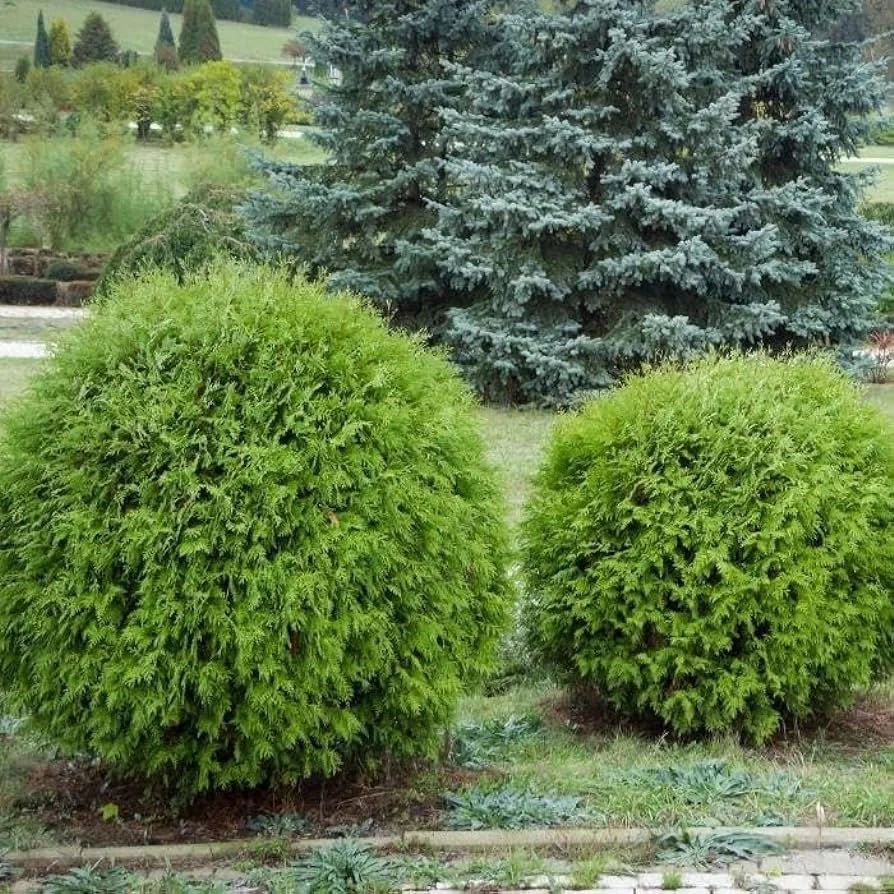
The Hardiness Zone Map
About The Hardiness Zone Map
-

Hardiness Zones
Hardiness zone maps use colored bands to give a good general guide to regional temperature differences, with about 10 degrees Fahrenheit difference from one zone to the next. For instance:
Zone 5 is assigned to areas where the average Winter low is between -20 and -10 degrees F
Zone 6 is assigned to areas where the average Winter low is between -10 and 0 degrees F (an average of 10 degrees warmer than zone 5)
Zone 4 is assigned to areas where the average Winter low is between -30 and -20 degrees F (an average of 10 degrees colder than zone 5)
Each zone is further divided into subzones a and b, with the former being 5 degrees Fahrenheit cooler than the latter. Zone 5a Winter lows are between -20 and -15 degrees Fahrenheit, while zone 5b is -15 to -10 degrees Fahrenheit.
-

Maine
Hardiness zone maps use colored bands to give a good general guide to regional temperature differences, with about 10 degrees Fahrenheit difference from one zone to the next. For instance:
Zone 5 is assigned to areas where the average Winter low is between -20 and -10 degrees F
Zone 6 is assigned to areas where the average Winter low is between -10 and 0 degrees F (an average of 10 degrees warmer than zone 5)
Zone 4 is assigned to areas where the average Winter low is between -30 and -20 degrees F (an average of 10 degrees colder than zone 5)
Each zone is further divided into subzones a and b, with the former being 5 degrees Fahrenheit cooler than the latter. Zone 5a Winter lows are between -20 and -15 degrees Fahrenheit, while zone 5b is -15 to -10 degrees Fahrenheit.
-

Play It Safe
It’s important to take climate fluctuation into consideration when selecting trees, shrubs and perennials. All areas throughout the United States experience unusual highs and lows from time to time. Determine your Hardiness Zone then choose plants that are rated hardy for at least one Zone higher and one Zone lower to insure the plant will survive an unexpected extreme.
You can also protect more tender plants and trees from cold and snow load to give them a greater chance of making it through the Winter. Rose cones, stakes and burlap, mulching and moving to protected areas are all sensible precautions to take with favorite or valuable plants. We’d be happy to help advise on any protection you might want to use.
Use the USDA Hardiness Zone Map to determine your exact zone
Go to the website and click on your state. A detailed map of the state that includes major cities will pop up to show your zone.
